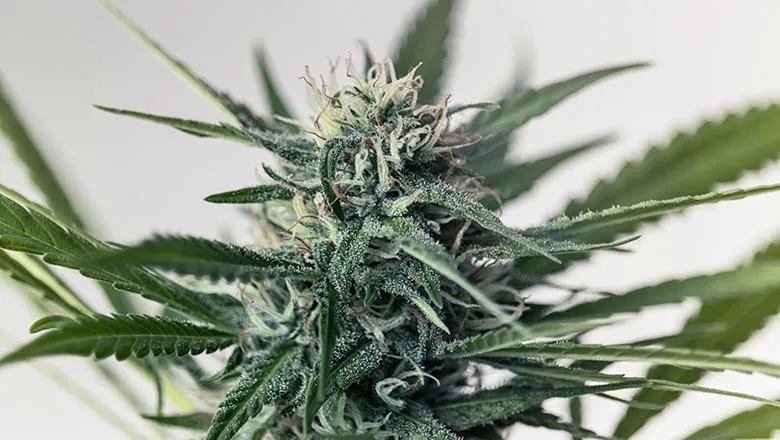19 March 2019
High potency cannabis linked to higher rates of psychosis
New research from King’s College London is the first to show the impact of cannabis use on population rates of psychosis, highlighting the potential public health impact of changes to cannabis legislation.

The study of 11 sites across Europe, published in The Lancet Psychiatry, finds daily cannabis use, especially of high potency cannabis, is strongly linked to the risk of developing psychosis. In cities where high potency cannabis is widely available, such as London and Amsterdam, the study finds a significant proportion of new cases of psychosis are associated with daily cannabis use and high potency cannabis.
Many countries have legalised or decriminalised cannabis use, leading to concerns that this might result in an increase in cannabis use and associated harms. Observational studies and biological evidence support a causal link between cannabis use and psychosis, but until now, it has been unclear whether, at a population level, patterns of cannabis use influence rates of psychosis.
Dr Marta Di Forti, lead author from the Institute of Psychiatry, Psychology & Neuroscience, says: ‘Our findings are consistent with previous studies showing that the use of cannabis with a high concentration of THC has more harmful effects on mental health than the use of weaker forms. They also indicate for the first time how cannabis use affects the incidence of psychotic disorder at a population level.’
‘As the legal status of cannabis changes in many countries and states, and as we consider the medicinal properties of some types of cannabis, it is of vital public health importance that we also consider the potential adverse effects that are associated with daily cannabis use, especially high potency varieties.’
The researchers estimated the prevalence of psychosis by identifying all individuals with first episode psychosis who presented to mental health services between 2010 and 2015. Secondly, they compared 901 patients with first episode of psychosis with 1,237 healthy controls to understand the risk factors associated with psychosis.
The researchers collected information about participants’ history of cannabis use and other recreational drugs. Using published data on levels of delta-6-tetrahydrocannabinol (THC), they estimated cannabis potency for the types of cannabis used by participants, and classified types as either high potency (over 10% THC) or low potency (under 10% THC).
Daily cannabis use was more common among patients with first episode psychosis, compared to controls. 29.5% (266/901) of patients reported using cannabis daily, compared with 6.8% (84/1237) of controls. High potency cannabis use was also more common among patients with first episode psychosis, compared to controls. 37.1% (334/901) of patients reported using high potency cannabis, compared with 19.4% (240/1237) of controls.
Once adjusted for other factors, the authors found that across the 11 European sites, people who used cannabis on a daily basis were three times more likely to have a diagnosis of first episode psychosis, compared with people who had never used cannabis. This increased to five times more likely for daily use of high potency cannabis.
The authors estimate that one in five new cases (20.4%) of psychosis across the 11 sites may be linked to daily cannabis use, and one in ten (12.2%) linked to use of high potency cannabis.
Use of high potency cannabis was a strong predictor of psychotic disorder in Amsterdam and London, where high potency cannabis is widely available. In the Netherlands, the THC content reaches up to 67% in Nederhasj, and 22% in Nederwiet; in London, skunk-like cannabis (average THC 14%) represents 94% of the street market, whereas in countries like Italy, France, and Spain, herbal types of cannabis with THC content of less than 10% were still commonly used.
For example, in Amsterdam, four in 10 (43.8%) new cases of psychosis were estimated to be linked to daily cannabis use, and 5 in 10 (50.3%) new cases linked to high potency use. Corresponding rates in London were 21.0% for daily use, and 30.3% for high potency use.
If high potency cannabis were no longer available, the incidence of psychosis in Amsterdam would be expected to drop from 37.9 to 18.8 per 100,000 people per year; and in London from 45.7 to 31.9 per 100,000 people per year.
Read the full study here.
